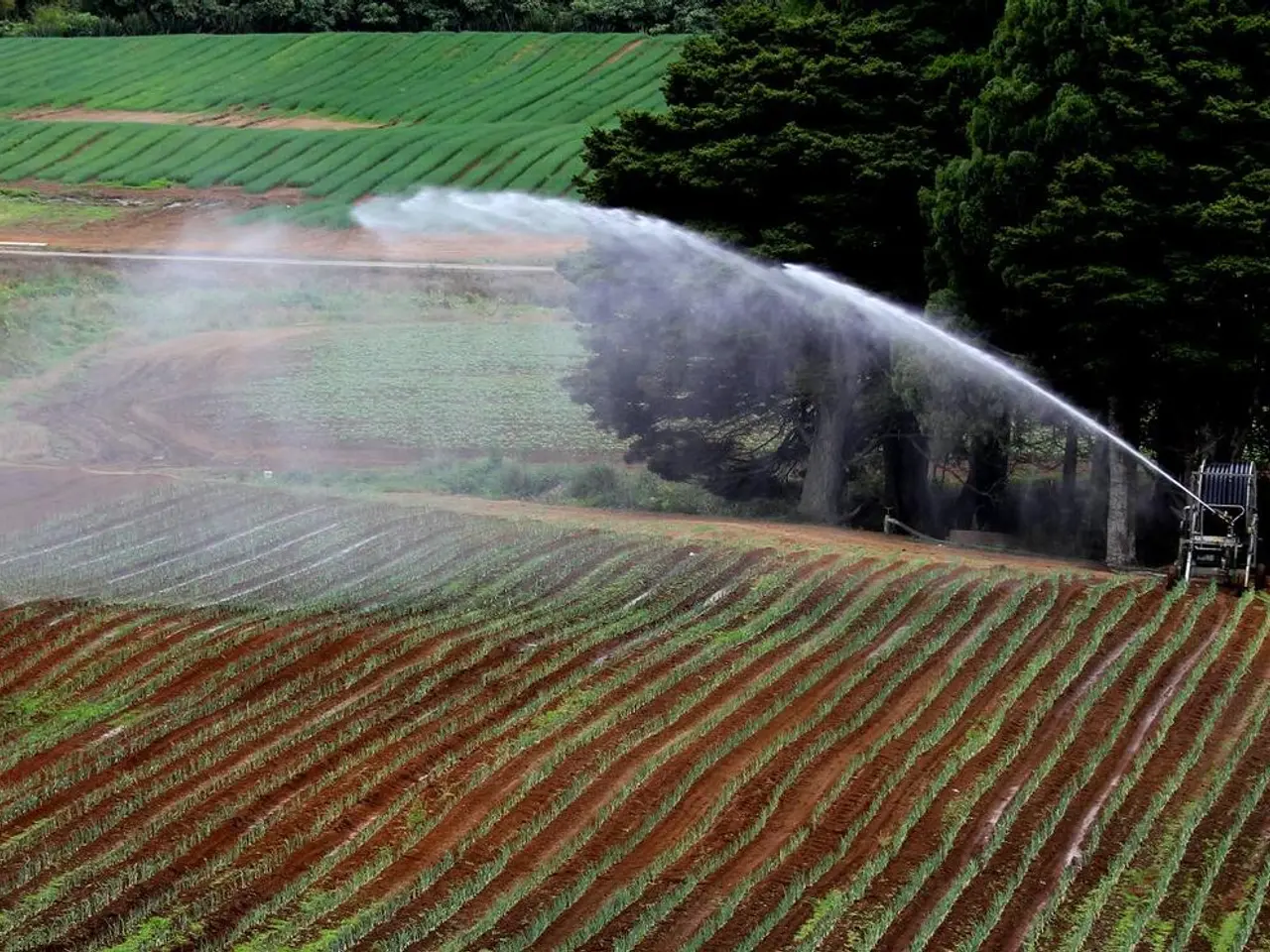Farmers in Tomsk are prepped and equipped for gathering a potential record-breaking crop yield.
The grain harvesting campaign in Siberia has commenced by early July, marking a significant step towards Russia's goal of boosting its grain production and exports. Siberia, a key macroregion in Russia's grain production, currently contributes around 18 million tonnes and aims to increase this to about 22 million tonnes by 2030 [1][2].
The readiness of equipment for harvesting spring crops stands at 97%, with a total of 415 grain harvesters available in the region [1]. Government programs are in place to expand cultivated lands and improve logistics, ensuring the coordination of equipment deployment with the seasonal harvest timings [1].
Siberia's increased grain production is part of Russia’s broader state agricultural programs, which aim to significantly increase grain output and exports over the next five years. Approximately 88% of Russia’s grain exports currently move by sea, but Siberia's shipments are increasingly facilitated by rail, with recent subsidies increasing rail shipment capacity to enhance export capabilities from this region [1].
A regional meeting in Barnaul discussed providing agricultural producers with essential support such as fuel, lubricants, plant protection products, and other necessary resources [3]. Attendees included Andrei Razin, Deputy Minister of Agriculture, Vadim Golovko, Deputy Presidential Envoy, Viktor Tomenko, Governor of the Altai Region, and representatives of Siberian agriculture [3].
The harvesting campaign typically begins in early summer, and as of July 1, Siberia held about 5 million tonnes in stock, with seasonal surpluses expected at 7–8 million tonnes, potentially rising to 11–12 million tonnes for export [1][3]. A good harvest is expected for grains, legumes, technical crops, vegetables, and potatoes in the region [3].
However, no new information about the status of the good harvest for these crops was provided, nor were specific figures on the number of grain-drying complexes, tractors, or grain-drying complexes in the region disclosed [1][3].
References:
[1] TASS. (2022, July 1). Grain harvesting in Siberia begins early. Retrieved from https://tass.com/economy/1373425
[2] RIA Novosti. (2021, September 22). Siberia to boost grain production to 22 mln tonnes by 2030. Retrieved from https://ria.ru/20210922/sibir-1777002625.html
[3] Interfax. (2022, July 4). Siberia's grain stocks at 5 million tonnes ahead of harvesting campaign. Retrieved from https://www.interfax.ru/russia/784515
The weather conditions in Siberia during the grain harvesting season could significantly impact the yield, as ideal weather for crop growth is crucial. The timely distribution of necessary resources, such as fuel, lubricants, and plant protection products, plays a vital role in optimizing the harvesting process and ensuring a good harvest for grains, legumes, technical crops, vegetables, and potatoes.







